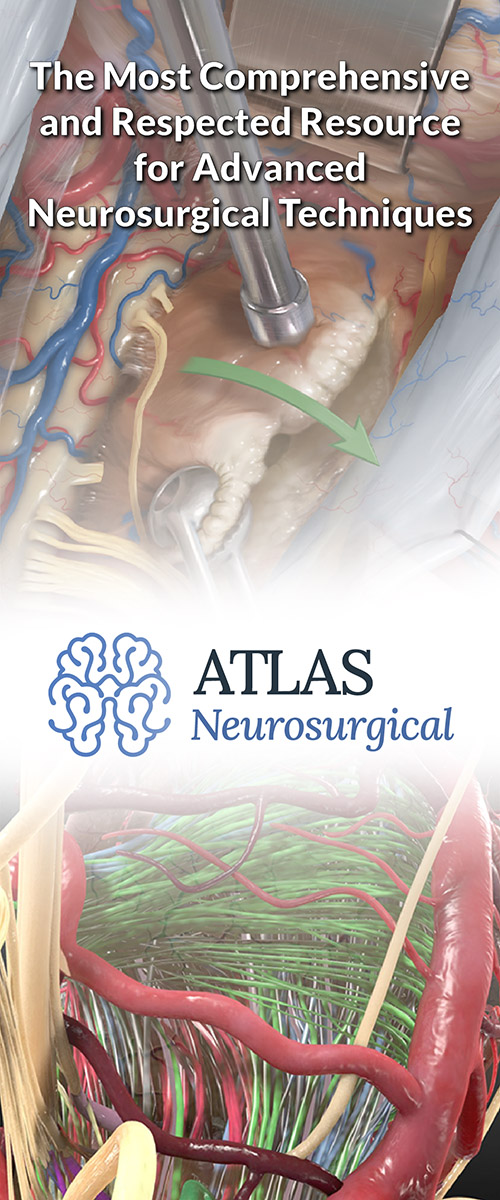Radiation Therapy for Craniopharyngioma
Craniopharyngiomas are benign tumors that grow near the pituitary gland and its stalk (attachment between the pituitary gland and hypothalamus). These tumors are typically slow growing and occur more commonly in children and older adults. If they become large, craniopharyngiomas can cause compression of nearby nerves, blood vessels, and brain tissues, resulting in symptoms such as headache, vision problems, and hormone abnormalities.
Craniopharyngiomas are typically treated with surgery, radiation therapy, or a combination of both. Radiation therapy is particularly valuable after surgery when small pieces of tumor are left behind to prevent surgical injury to surrounding healthy structures. In this article, we discuss the role of radiation therapy in the treatment of craniopharyngiomas.
Role of Radiation Therapy for Craniopharyngioma
Radiation therapy is a common treatment for craniopharyngiomas. It can be used to shrink the tumor before surgery or is more commonly used after surgery to prevent or treat recurrence. In rare cases, radiation therapy may be the only treatment option if the tumor cannot be safely removed with surgery. The decision to use radiation therapy is made on a case-by-case basis. It is important to consult with a radiation oncologist to determine whether this treatment is right for you.
Different Approaches to Radiation Therapy for Craniopharyngioma
Radiation therapy uses high-energy beams to destroy and inhibit the growth of tumors. Here are several types of radiation therapy modalities commonly used for craniopharyngiomas:
Why should you have your surgery with Dr. Cohen?
Dr. Cohen
- 7,000+ specialized surgeries performed by your chosen surgeon
- More personalized care
- Extensive experience = higher success rate and quicker recovery times
Major Health Centers
- No control over choosing the surgeon caring for you
- One-size-fits-all care
- Less specialization
For more reasons, please click here.
Fractionated Radiotherapy
In fractionated radiotherapy, multiple small doses of radiation are delivered usually over 6 weeks. At each visit, treatment may take only 5–15 minutes and patients can resume their daily activities after the procedure.
Stereotactic Radiosurgery
Stereotactic radiosurgery (SRS) is a form of radiation therapy that uses multiple beams of high-energy radiation to target the tumor with precision. The beams are carefully calibrated to minimize damage to surrounding healthy tissue. Each visit may take 30–50 minutes, and patients may undergo several treatments if needed.
SRS is typically performed for smaller tumors that are not directly contacting surrounding nerves. Its name includes the word “surgery” due to its precise nature but does not actually involve surgery. In most cases, patients can return home the same day.
Proton Therapy
Proton therapy is a type of radiation therapy that uses protons instead of x-rays to treat craniopharyngioma. Compared with photon (x-ray) radiation therapies, proton beam dosages can be more closely confined to the limits of the tumor, minimizing damage to the surrounding tissues. However, not every state has a proton therapy center where this type of treatment can be performed.
Intensity-Modulated Radiation Therapy
Intensity-modulated radiation therapy (IMRT) is a technique that can be used with proton or photon (x-ray) therapies. It uses computer-generated images to map the tumor. IMRT allows radiation beams to be delivered at different intensities, further reducing the amount of damage to healthy tissues. These modern technologies allow for more precise delivery of radiation therapy.
Frequently Asked Questions About Craniopharyngioma
Being diagnosed with a rare brain tumor can be scary and overwhelming. Here are answers to frequently asked questions about craniopharyngioma.
Can Craniopharyngioma Be Cured?
Craniopharyngiomas cannot be cured in the same way that we can cure certain types of infections. Although surgery and radiation therapies are indispensable tools in our arsenal of treatment options, they target a specific location of tumor and cannot chase down tumor cells that are too small for us to see.
These remaining tumor cells can thus continue to divide and form a tumor around the same location as the previous one. Sometimes, however, surgery and radiation are enough to completely remove the tumor, making it less likely for the tumor to grow back. The likelihood of the tumor being completely removed depends on the “stickiness” of the tumor to surrounding tissues, its size, and its proximity to critical structures.
In some cases, patients may experience no growth of the tumor for many years. At some point, they might deem themselves “cured” though it may be technically described as being in remission. Because physicians cannot predict with certainty who will or will not experience a tumor recurrence, regular monitoring with imaging tests is typically recommended.
Can Craniopharyngioma Grow Back?
It is possible for craniopharyngiomas to grow back and, unfortunately, it is relatively common for them to do so. Craniopharyngiomas can recur even if the tumor was thought to be completely removed, though it is less likely than in cases of partial resection.
Craniopharyngioma Treatment Guidelines
There is no one-size-fits-all guideline for the treatment of craniopharyngioma, though the most commonly used treatment options include surgery, radiation therapy, or a combination of the two. The choice of treatment depends on tumor size and location plus age and overall health of the patient. Surgery is often the main treatment for craniopharyngiomas, with the goal of complete removal of the tumor.
How Do You Get Rid of Craniopharyngioma?
Currently, craniopharyngiomas are removed through surgery and treated with radiation therapy if tumor tissues were left behind to prevent damage to surrounding structures. It can be difficult to completely eradicate the tumor because of its location near sensitive structures in the brain. As a result, long-term monitoring is often necessary to ensure that the tumor does not return.
Adamantinomatous Craniopharyngioma Radiology
Adamantinomatous craniopharyngioma (ACP) is a type of craniopharyngioma that typically occurs in children. ACPs can grow to a large size before they cause symptoms and are detected. On imaging, ACPs are distinguished from papillary craniopharyngiomas by their more cystic appearance. Treatment for ACPs include surgery and radiation therapy.
Key Takeaways
Radiation therapy is often an important part of the treatment plan for craniopharyngiomas. There are several different approaches to radiation therapy, and your doctor will work with you to decide on the best approach for you. You can learn more about radiation therapy and craniopharyngiomas by talking to your care team.




